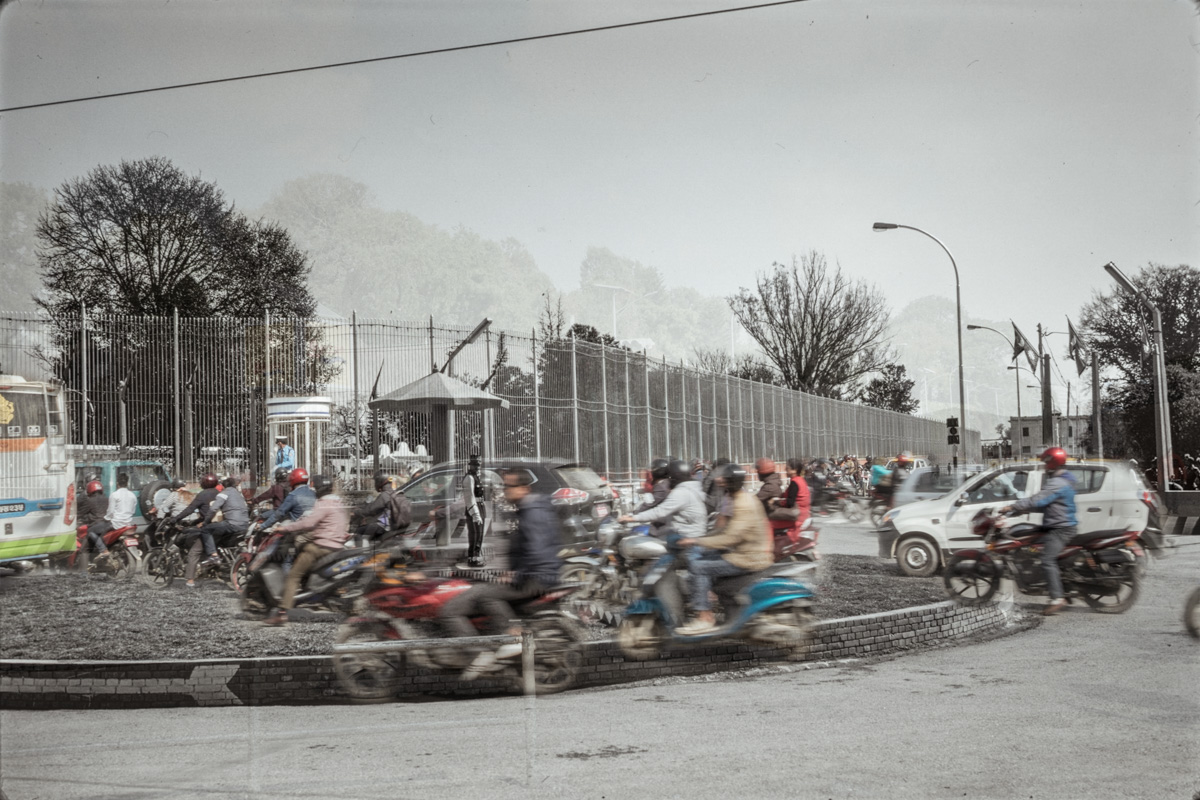A small town home to only few hundred thousand people until 5 decades ago, Kathmandu is nowadays a metropolis of 3 million people. Without a proper urban planning in place, this urbanization process quickly ran out of control. The small Nepalese economy, landlocked and highly dependent on the two giant neighbours (India and China), struggled to put in place an efficient transport system and basic services for the fast-growing population.
BEFORE/AFTER SERIES
Kathmandu in the 1960s-70s and now. Archive photos courtesy of PC Nepal Photo Project / Nepal Picture Library.





Bhushan Tuladhar, Environmental Engineer & UN Adivsor for South Asia: «There were no highways connecting Kathmandu back then, no flights, it was a very isolated community. [...] Socially, it was a very traditional society, very few people were educated. When democracy came, a lot of schools opened, and society also changed.
So this was in the 50s, 60s, really. In the 60s what happened was that the foreigners discovered Kathmandu, that was the hippie age, and Kathmandu was the heaven for the hippies who came from the West [...]. So in the 60s-70s, tourism started.
[...] So It was just in the past 40-50 years that Kathmandu started to really change. The first highway that connected Kathmandu to the Terai came 60-65 years ago, and that's when rapid urbanisation started.»

An image composed by two superimposed photographs showing the same Kathmandu crossing in 1975 and in 2018.
This project was made possible by the support of the 2018 Photo Kathmandu Festival.